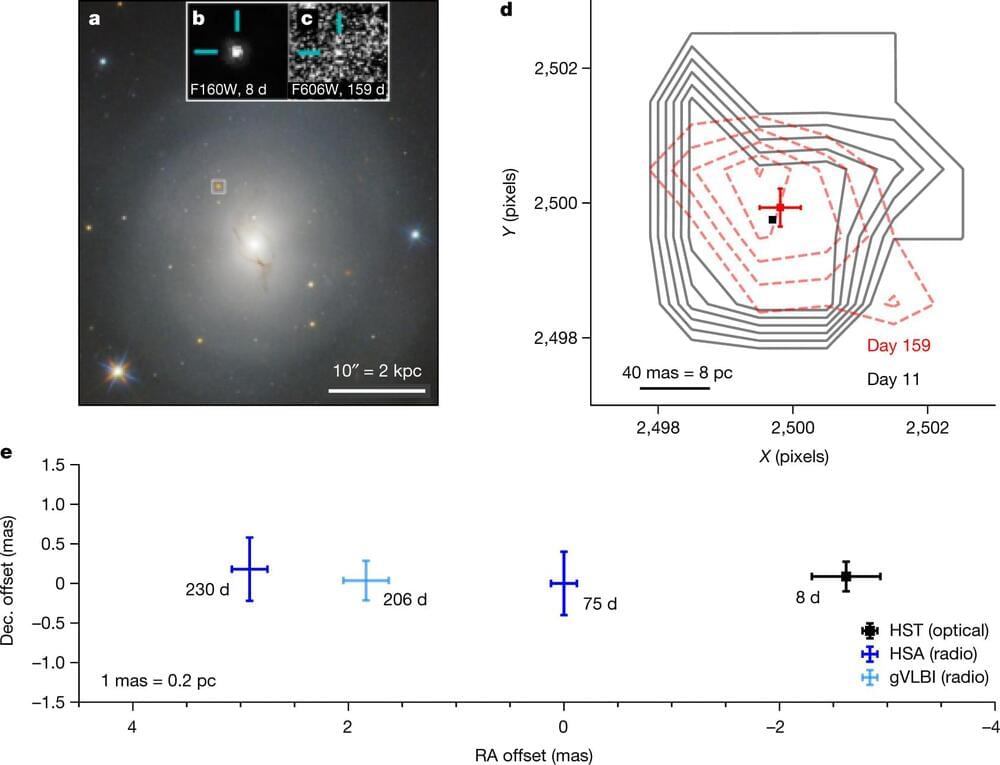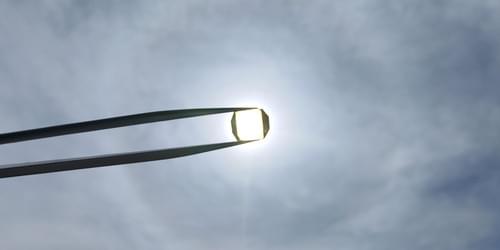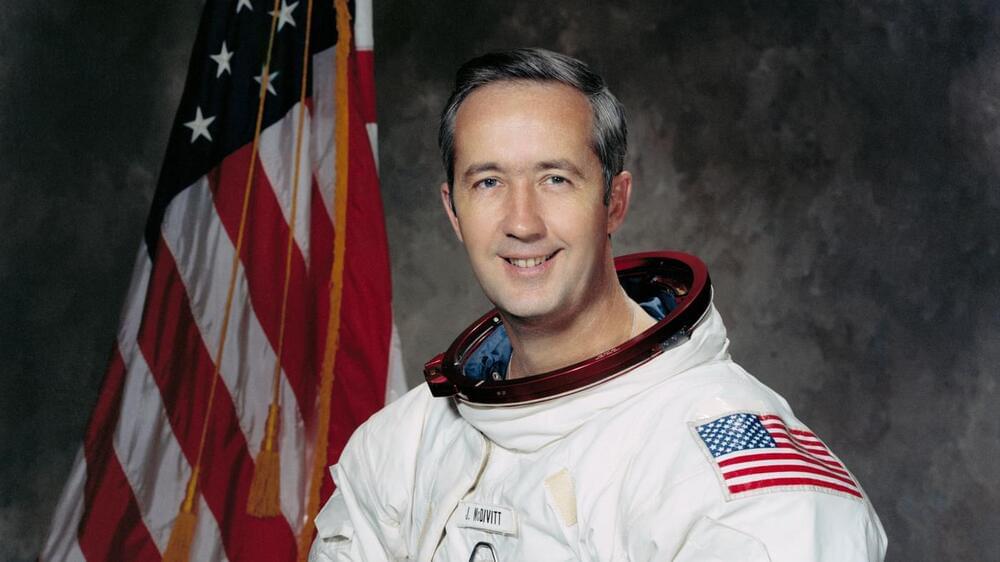Thanks to NASA, the world may soon have access to chargers that can top off an EV in as little as five minutes. One of the biggest obstacles to fast charging is dealing with temperature. According to NASA, for an EV to be charged in five minutes, the charger must deliver an electric current of 1,400 amperes. For reference, the fastest chargers currently available max out at around 520 amperes. More amperes equals more heat. A lot more heat. Companies and research organizations are pursuing solutions to the problem; Ford and Purdue University, for example, are exploring liquid-cooled charging cables.
A team sponsored by NASA’s Biological and Physical Sciences Division is working on technology that could provide another solution needed for ultra fast EV charging. The technology has been developed for use in space, in which massive temperature differentials require massive heat transfer capabilities. An experiment to prove the new tech, the Flow Boiling and Condensation Experiment (FBCE), was installed on the International Space Station and is providing data that NASA will use to determine if the system will provide the claimed orders-of-magnitude benefits in heat transfer efficiency.
We’re definitely not NASA-level engineers but we will try to explain the FBCE the best we can. The FBCE is made up of several modules; one of which is called a “Flow Boiling Module” (FBM). When cooling liquid inside the FBM begins to boil, the bubbles formed draw liquid from the inner part of the flow channel to its walls. The process “efficiently transfers heat by taking advantage of both the liquid’s lower temperature and the ensuing change of phase from liquid to vapor.” The technique has been dubbed “subcooled flow boiling.”









